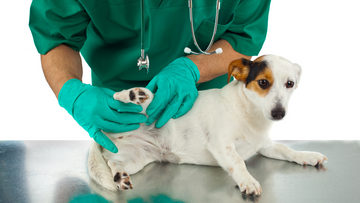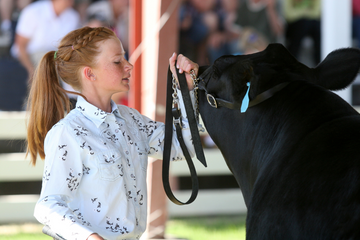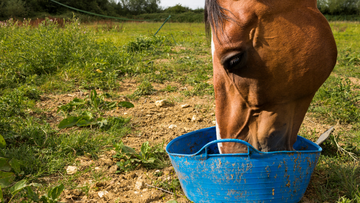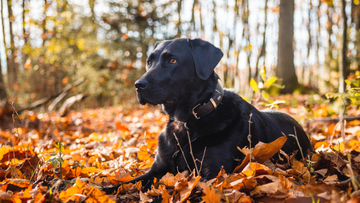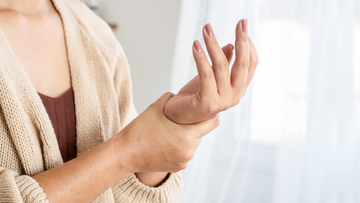 Toad Poisoning (or toxicity) happens when a dog is exposed to the toxins secreted by certain species of toads. All toads secrete a substance through their skin that is foul tasting to other animals. Deadly species of toads, when threatened, secrete a highly toxic chemical that is absorbed through membranes in the dog’s mouth, and sometimes the eyes. Upon entering the bloodstream, the toxins target the heart, blood vessels, and the nervous system. Dogs are typically exposed when they pick up one of these toads in their mouth.
Toad Poisoning (or toxicity) happens when a dog is exposed to the toxins secreted by certain species of toads. All toads secrete a substance through their skin that is foul tasting to other animals. Deadly species of toads, when threatened, secrete a highly toxic chemical that is absorbed through membranes in the dog’s mouth, and sometimes the eyes. Upon entering the bloodstream, the toxins target the heart, blood vessels, and the nervous system. Dogs are typically exposed when they pick up one of these toads in their mouth.
Toads are slow moving creatures, which is why they must make up for their slow escape. Most common species of deadly toads are they Sonoran Desert or Colorado River Toad the Marine, or Cane Toad. These are all quite large reaching 8 or 9 inches in length as adults. They are typically only found in Arizona and California, as well as in Texas, Florida, Hawaii, and other tropical areas. Encounters are more common in summer months or during higher times of humidity. These toads are most active after a rainfall or during dawn, dusk, and nighttime.
Signs of Toad Toxicity:
- Drooling or salvation
- Pawing at their mouth or eyes
- Difficulty breathing
- Diarrhea
- Head-shaking
- Vomiting of yellow fluid
- Overheating
These signs appear within minutes after exposure. As time progresses, the clinical signs can become more severe leading to seizures, collapse, and severely irregular heart rhythms, and eventually death. A specific antidote for toad toxins is not available. The most effective treatment for acute toad toxicity is a complete flushing of the mouth with running water. Owners should do this immediately, and prior to seeking veterinary care. the mouth should be flushed so that the water flows away from the throat to prevent drowning.
Quick action is necessary for a good outcome. Do not leave pet food or water bowls outside—they will attract toads, and dogs can become ill just from eating food or drinking water that a toad has come into contact with. If you leave your pet outside, use a raised water bowl and be sure to change the water frequently. Toads are most active early in the morning and at night. You can also reduce the risks of toads coming towards your house by keeping your grass short. However, avoiding dangerous toad exposures in the first place is the best way to protect your furry friends.






